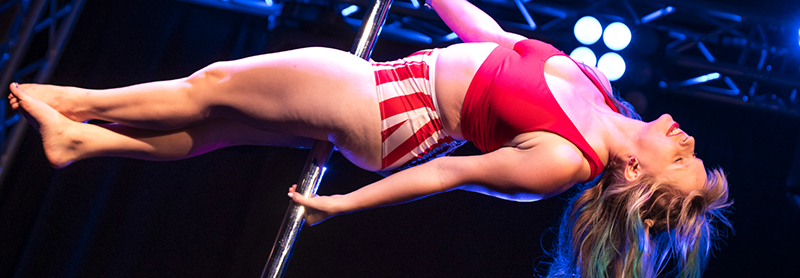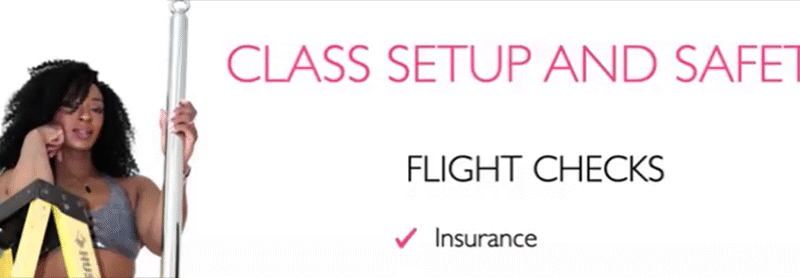This post is based on the webinar “Out of the Dark, Tax Planning for the…

How to set expectations (and which ones to set!) in your pole dance class
Adult group exercise or fitness classes can be challenging to teach. Pole dancing takes that challenge and puts it on a whole other level!
Instructors want to give clients “quick wins” so they keep coming back but with little assessments and a wide variety of ability levels, it can be hard to provide content that supports student’s growth safely.
One of the ways to address this challenge is to set expectations.
What are expectations?
An expectation is simply an understanding for what happens next.
In a day-job meeting, this might be an agenda of topics covered during the meeting. In a pole dance class, this could also be setting the agenda for how the class is structured such as: “First we’ll do a warm-up, then I’ll show you the movement you’ll learn today, we’ll break it down and then you’ll try it. At the end, we’ll put everything we learned together and then cool down.”
An expectation could also provide guidelines on the achievability of the class: “We’ll talk about lots of options to move towards achieving this move.” Or “We’ll explore ways to strengthen and prepare our bodies for the future to eventually achieve this move.”
Lastly, it could be about how you choose to run your classes such as: “In this class, we never say ‘can’t’ we always say, ‘not yet.’” Or “There are no ‘wrong movements’ in this class, just variations.”
Setting expectations helps people understand what to expect from your class and how they fit into it.
Which expectations should you set?
Pole dancing is unique in that most people don’t start learning pole as children (although that is changing) and come to it only as adults. Sure, gymnasts, rock climbers and cheerleaders may have some body awareness and strength that may help them progress faster in pole as adults but even the strongest person still must learn the technique unique to pole.
The most important expectation to set is that moves, particularly advanced strength or flexibility-based moves, are usually NOT achievable in one class. There’s no set pace for how long it takes to get a move and students should be encouraged to move at their own pace being mindful of their own bodies’ feelings and ability.
Similarly, people should be encouraged to “mind their own pole.” It has been often said that “comparison is the thief of joy” and watching others achieve movements faster, especially when they all started at the same time, can be discouraging. Continuing to remind students of this may help them keep their love of pole longer.
Finally, encourage your students to say “no” to certain movements or moves. Group fitness participants are really used to following along whatever the teacher does. Encourage your students to NOT follow along if something in their body hurts or makes them scared. Allow them to do a different movement that feels better to their body. The word “allow” is used on purpose here since many people have trouble deviating from following the instructor and explicit permission is often needed!
Setting expectations in your pole dance class is imperative. It provides students an understanding of structure, achievability, and helps protect their mental, emotional, and physical health as they progress on their pole journey.



